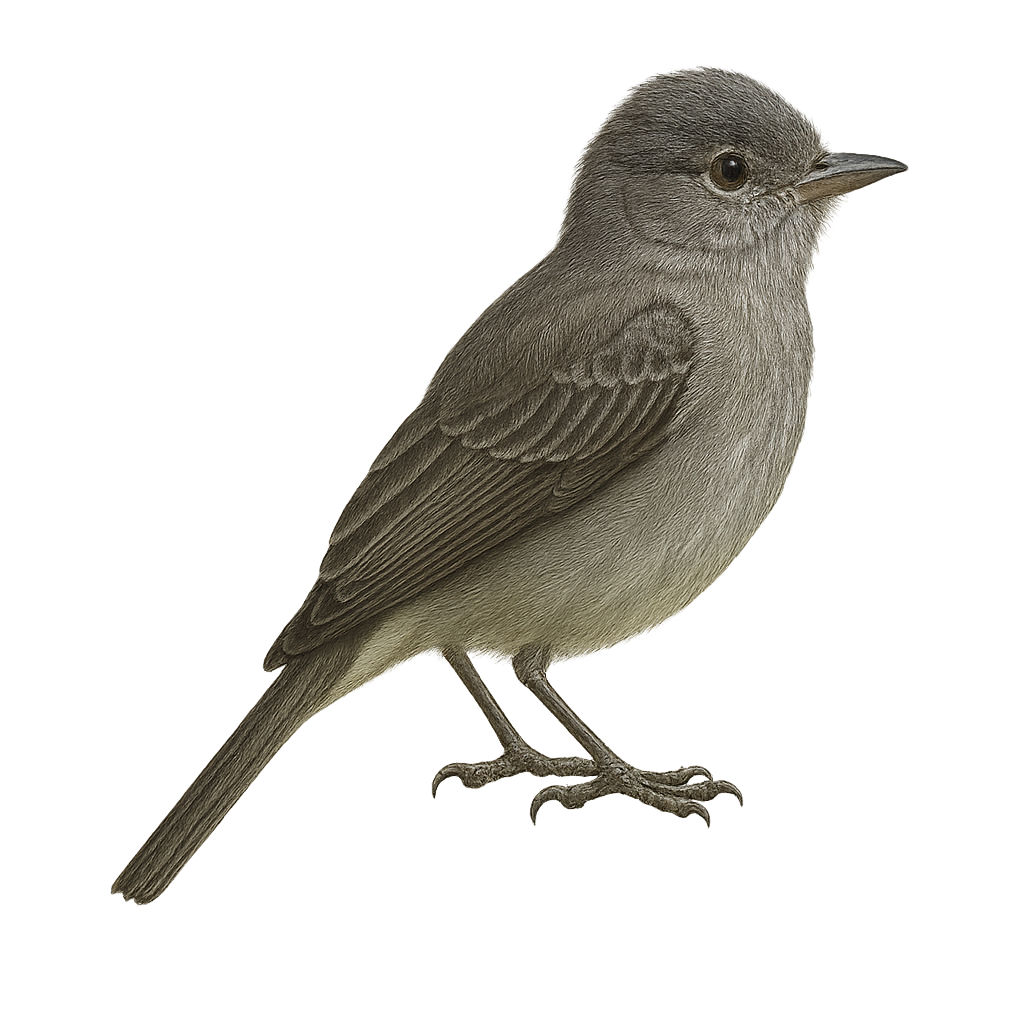Your wildlife photography guide.
Explore the highland elaenia in detail, study its behavior, prepare your shots.
Where to observe and photograph the highland elaenia in the wild
Learn where and when to spot the highland elaenia in the wild, how to identify the species based on distinctive features, and what natural environments it inhabits. The WildlifePhotographer app offers tailored photography tips that reflect the highland elaenia’s behavior, helping you capture better wildlife images. Explore the full species profile for key information including description, habitat, active periods, and approach techniques.
Highland Elaenia
Scientific name: Elaenia strepera

IUCN Status: Least Concern
Family: TYRANNIDAE
Group: Birds
Sensitivity to human approach: Suspicious
Minimum approach distance: 10 m
Courtship display: November to January
Incubation: 15-16 jours
Hatchings: November to February
Habitat:
Cloud forests, wooded areas, mountains
Activity period :
Primarily active during the day, with peak activity in the morning and late afternoon.
Identification and description:
The Highland Elaenia is a small passerine bird belonging to the Tyrannidae family. It is primarily found in the mountainous regions of South America, particularly in Colombia, Venezuela, and Ecuador. Its plumage is generally dull, with shades of gray and brown, allowing it to blend into its natural environment. This bird is often identified by its distinctive song, a melodious whistle that echoes through cloud forests and wooded areas. Although discreet, the Highland Elaenia plays a crucial role in the ecosystem by aiding in seed dispersal and insect population control.
Recommended lens:
400 mm – adjust based on distance, desired framing (portrait or habitat), and approach conditions.
Photography tips:
To photograph the Highland Elaenia, it is advisable to use a 400mm lens or longer to capture detailed images without disturbing the bird. Look for it in cloud forests and wooded areas where it is most active. Be patient and wait for it to perch on an open branch to get a good angle. The natural light of the morning or afternoon is ideal for highlighting the subtle shades of its plumage.
The WildlifePhotographer App is coming soon!
Be the first to explore the best nature spots, track rutting seasons, log your observations, and observe more wildlife.
Already 1 432 wildlife lovers subscribed worldwide

